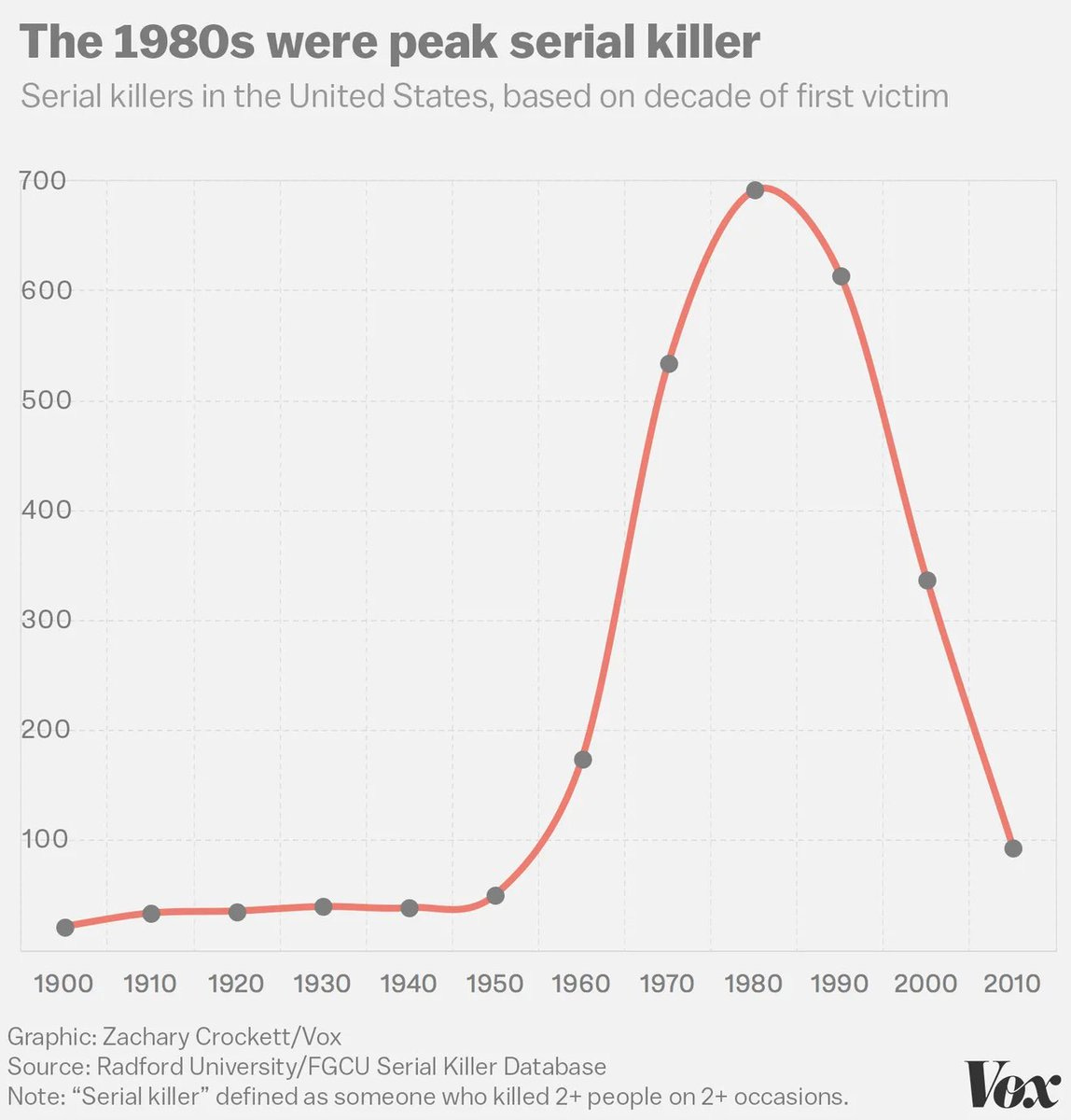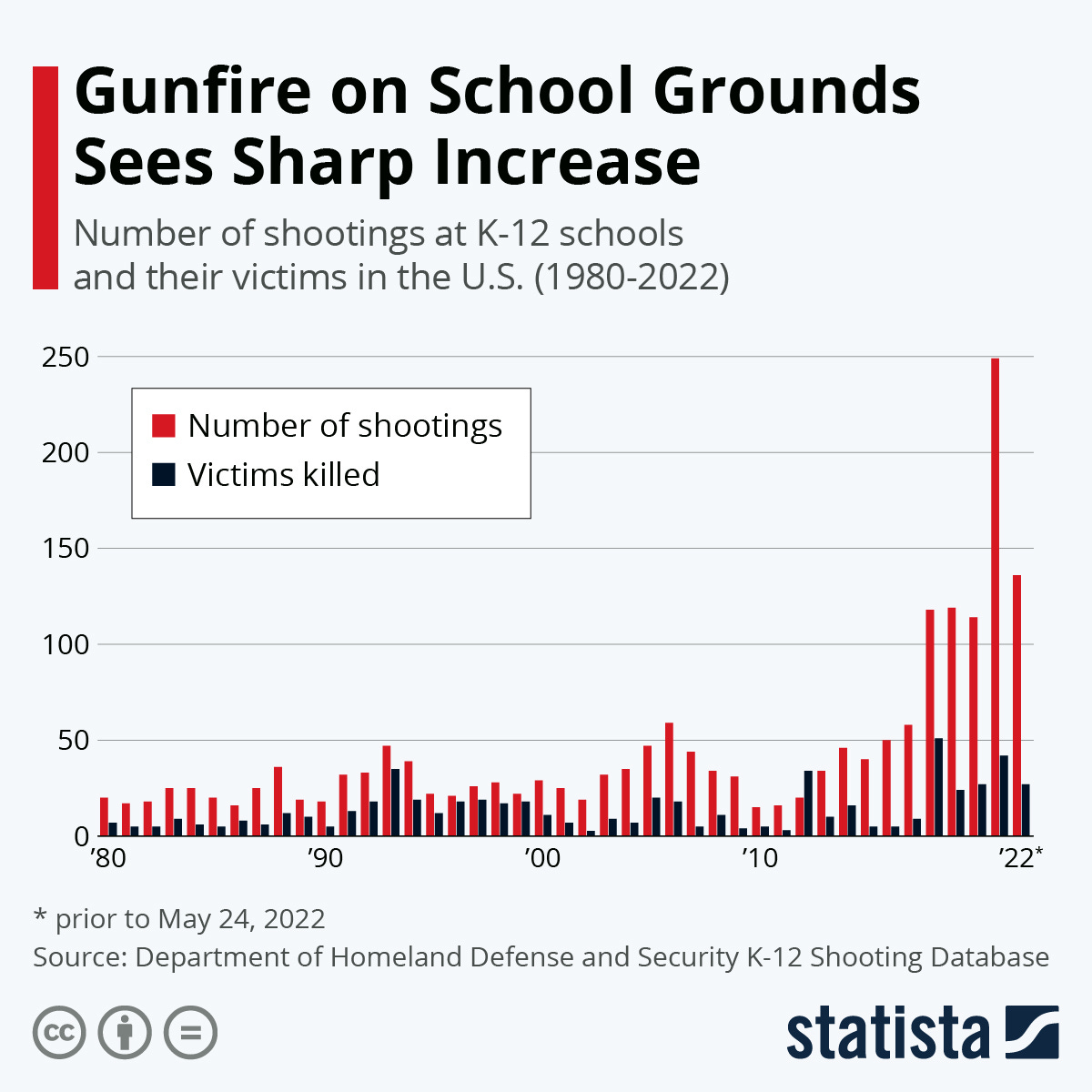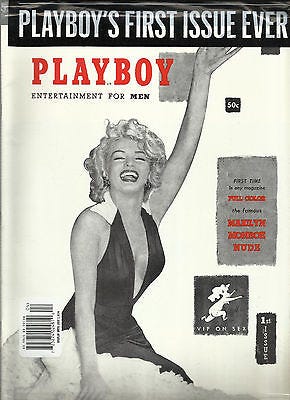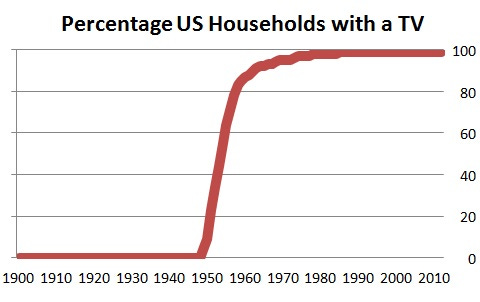Between 1960 and 2000, America was struck by a serial killer epidemic. At its height in 1980, there were 700 serial killers roaming the streets. By 2010, the epidemic ended. What caused its rise and fall? And why is it that serial killers, like school shooters, are stereotyped as white?
There are a few ways to look at the serial killer phenomenon:
Something about American culture between 1960 and 2000 gave rise to certain psychological pressures which induced a desire for sexualized killings.
Serial killers always existed, but only rose to prominence because the media made a spectacle of them.
Serial killers died off in 2010 because of enhanced policing techniques, such as DNA evidence.
Serial killers are even more common now than in the 1980s, but have been covered up by an increasingly corrupt and incompetent police force.1
Sexuality
Ted Bundy claimed, in his final interview, that pornography caused him to become a serial killer. If Bundy was correct, this would certainly explain why serial killing began in 1960, since this was the decade when pornography was first legalized. However, since pornography has become much more available after 2010, we should expect a continued, exponential rise in serial killers, but that doesn’t match reality.
One way to explain away this discrepancy between theory and reality is to say that “school shooters are the new serial killers.” This certainly does sound credible, but it still doesn’t fit the data. First of all, despite mass media hysteria, there have only been 1,453 school shootings in the last 25 years (1997-2022).2 That may sound like a lot, but remember that most school shootings do not result in fatalities. In fact, over this entire period surveyed, only 122 students were killed as a result of school shootings. Per decade, this gives a total victim count of 61 students per decade — a far cry from the 1400 killed per decade at the height of the serial killer crisis.
Unless we propose that there is a grand coverup of serial killers (which we will consider shortly), school shootings cannot “make up” for the decline in serial killers. If pornography was truly inciting killers to violence, then violence should be at an all time high, and this is not the case.
Sexual Accelerationism
While a linear relationship between pornography and violence can be discounted, we could look at a logarithmic view, and specifically at the cultural rate of change during this time period. In other words: the sexual culture of the 1950s was relatively repressed with regard to pornography. During the 1960s, pornography was first legalized. By 1970, a majority of Americans had viewed porn.
Roth v. United States (1957) represented a significant shift toward legalization of pornography, although the plaintiff, Samuel Roth, would spend time in jail for obscenity until 1961. One man who never spent time in jail for obscenity was Hugh Hefner, who founded Playboy magazine in 1953, did publish nude pictures, but these were not considered pornographic, since they did not depict sexual intercourse. Although the 1960s were the first time when mass pornographic culture became popular, the innovations of the 1950s were a crucial foundation.
Miller v. California (1973) ended any possibility of pornography being regulated. It thus represents the end of the “experimental” era of pornography, when its legal status was tenuous and shaky. This period, from 1957 to 1973, coincides exactly with the rise of serial killers.
I will make it clear here that I do not agree with Ted Bundy’s thesis that pornography creates serial killers. However, the trauma of cultural accelerationism — that is, the rate of cultural change — produces internal culture clash. The culture of the 1950s smashed into the culture of the 1970s, and the resulting disorientation, pressure, and stress resulted in the serial killer phenomenon. Sexual changes were one of the important features of this accelerating clash, but race and religion also played prominent roles.
Media Spectacle
Another theory of why serial killers became so prominent in 1970 is because the media became more “yellow,” or sensational, to sell newspapers, or to attract TV viewers.
In the 1950s, less than 20% of the country had a TV in their house. By the 1960s, that number exploded to over 80%.
At the same time as television was exploding, newspaper circulation also continued to increase between 1940 and 1970, before leveling-off and eventually declining around the year 2000.
The decline of radio in the 1950s represented a shift away from auditory news toward visual news. Both television and newspaper are mediums which encourage evocative imagery and punchy headlines. Radio, by contrast, is not visual, and cannot “hold the viewer” by a single “story.” Instead, radio was more geared toward narratives, such as the War of the Worlds (1938). People tuned in to hear a story unfold slowly over time. TV and newspapers engendered a more visceral and brutal culture. The televised dancing of Elvis Presley, which first premiered in 1956, also can be seen in this vein.
Again, by using the theory of cultural accelerationism and disorientation, it is not necessary to create a linear relationship between media consumption and serial killers. Instead, we can look at the period from 1950 to 1970 as an extreme period of media adoption. During that 20 year period, a new form of media arose which had never existed before. This was traumatic and disorienting. It is possible that this disorientation, combined with Andy Warhol’s “15 minutes of fame” (1968), contributed to the “serial killer phenomenon” indirectly. In this sense, general cultural upheaval created psychological disturbances in people who would have previously been normal, or non-serial killers. The direct hypothesis is that media coverage of serial killers created “social contagion” and popularized serial killers in a feedback loop: more stories, more killers, more killers, more stories. These direct and indirect hypotheses are not mutually exclusive.
DNA and Police Incompetence
One of the reasons for a decline in serial killers could be DNA evidence. DNA evidence was first introduced in 1986, and has now become a standard investigative tool.
One of the forces driving the use of DNA in criminology is recreational genetic testing. This refers to individuals who submit their DNA in order to obtain historical and geographical information about their ancestry. Unfortunately for killers, this allows for investigators to utilize this vast database of millions of users to identify “family matches.” That is, even if a killer has not personally submitted their DNA to a database, if a member of their family has done so, this DNA can be matched and the culprit identified because of their close relatives.
DNA evidence also helps investigators identify characteristics of perpetrators and even victims who have been otherwise rendered unrecognizable. A single piece of DNA can tell us about race and gender, and also be used to guess age, height, eye color, and other physical characteristics.
One would expect that, with all these fantastic tools, police would be catching more criminals than ever. However, this is clearly not the case. More than ever, police are simply not doing their jobs, out of fear of prosecution and lawsuits, but also a general decline in social trust and moral imperative. Police in the 1950s felt a duty to protect their neighborhoods out of a sense of ethnocentrism, patriotism, localism, and pride in their community. Today, police officers feel victimized, marginalized, insulted, and degraded. What kind of person becomes a police officer in 2024? A fanatic for justice, or a box-ticker?
One area where this is less likely to be the case is with serial killer cases. This is because serial killers often target young white women or children in suburban environments. Although the police will generally be negligent when it comes to black-on-black or gang related crime, they are forced by public attention and outcry to apply themselves when it comes to suburban white women. In terms of money and manpower, the death of a black homeless man might receive a few hours of attention, and nothing more. The death of a young white girl will involve the FBI, DOJ, a national manhunt, DNA testing, helicopters, teams of experts brought in from around the country, and hundreds of hours of investigation over years until the case is solved.
Thus, while it is true that the police are worse at their jobs than ever, this does not preclude them from applying themselves in the case where young white girls are victims. The problem with this “solution” to serial killers is it ignores the potential for serial killers who target poor black male victims. These is definitely a potential here for serial killers who target such victims to be undercounted, unnoticed, and covered up.
White Serial Killers
If serial killing is understood as a sexual phenomenon, then it should be understood through the lens of sexual attraction. White men are, on average, much more attracted to white females than females of other races. Black men, more than other races, are attracted to black females. It follows that, if serial killing is deeply sexual, that white serial killers should kill more white females, while black serial killers should kill more black females.
This is especially true if serial killing is viewed as part of a heterosexual Oedipal complex, specifically a male fixation with and hatred of one’s own mother. By ritually killing females, the serial killer scapegoats these females to get revenge against his own mother. This seems to fit especially well with the profile of Ed Kemper, who is one of the most intelligent serial killers on record, and has been extremely candid and honest about his psychological motivations. Other serial killers with lower intelligence may not be capable of such deep introspection, but could still be motivated by the same forces.
If serial killing is fundamentally a rebellion against one’s own mother, specifically, revenge against feelings of humiliation at the hands of the mother, then this fits with the “cultural accelerationism” of the 1960s, where feminism began to significantly impact young boys. I will repeat that I am not claiming that “male childhood humiliation by mothers” peaked in 1970, but that the rate of change in this phenomenon was highest in this period, and had the greatest speed of “clash” with the previous culture of patriarchy.
If we combine these theories with the idea of racial sexual endogamy, as well as the theory of “selective incompetence,” then a new picture emerges of why whites are stereotyped as serial killers: because they kill white girls. Black serial killers, killing black girls, never achieve the same notoriety, because black victims do not engender the same level of attention as white victims.
Put another way, we fixate on white serial killers because we live in a racist, white supremacist society — but paradoxically, we live in a woke society which looks for every possible opportunity to caricature and villainize white men. Although these two cultural forces seem like complete opposites, they form a “caducean union” when it comes to the figure of the “white serial killer.” On the one hand, he fits the concept of white men being evil, on the other hand, he is brought to light by the media because he is more likely to target white girls, who are seen as more valuable by the white majority.
Conclusions
The cultural acceleration, that is, the rate of change, seems very high today, but it is not resulting in more violence. Part of this may be due to a shift in American culture from the extroverted norms of 1950 toward the introverted norms of the 90s. Robert Putnam and Charles Murray have documented how increasing religious, demographic, and racial diversity as a result of desegregation and affirmative action have lowered social trust, forcing people indoors, so that we are Coming Apart (2012) and Bowling Alone (2000).
As a result, we are no longer seeing an epidemic of outward, physical violence, as we saw during the serial killer peak of 1970 and the corresponding crime wave which lasted until the 1990s. Americans are turning inward, toward introversion, narcissism, and solipsism, combined with increasing anxiety about “being accepted in a community.” As a result, transgenderism has exploded.
Still, the rise of “wokeness” and polarization, which seem much more dramatic now than the social changes between 1950 and 2000, may be an illusion. It is difficult to quantify cultural change. Yet we should consider the possibility that the introduction of the television was more important than the internet. The bias of our times, which is to view the “current year” as “the most important thing ever,” may be flawed. A scientific sociology, which seeks to compare levels of “social trauma” across different time periods, is difficult to establish on an objective, empirical basis.
Furthermore, even if we were to conclude that the “woke revolution” of 2012 was, in fact, more powerful and significant on some quantitative basis than the “sexual revolution” of the 1960s, this would not defeat the “cultural accelerationist” hypothesis. Cultural accelerationism is the theory that it is the clash of cultures which produces trauma, not the speed of cultural change in itself. It is the change in speed that matters, the rate of change, not its current speed. So while culture may be changing quickly in 2024, the difference between the culture of 1990 and of 2020 is not as radical as the difference between 1950 and 1980.
Another way to put this is that “wokism” is merely the bureaucratization of the 1960s cultural revolution. Gen X, which grew up in the wake of this revolution, internalized it, normalized it, and when they took power, the created media like “The Matrix” and “V for Vendetta,” along with much of our current social media architecture, and took over public schools, and “bureaucratized” the 1960s. Gen X did to the 1960s what Henry Ford did to automobile manufacturing: standardization, mechanization, automatization. From “free love” to “she/her.”
So while conservatives claim that “wokeness has gone too far,” or “the left has gone insane,” the left has really not innovated anything since 1960. They have simply become more entrenched, more normalized, more bureaucratic in their enforcement of the new norms, to the point where conservatives can no longer ignore or dismiss them as “irrelevant hippies who need to stop living in a fantasy land and get a real job in the real world.”
My claim here is that we do not really live in a period of cultural accelerationism — that time has passed. Rather, we live in a time of cultural bureaucratization. Instead of producing serial killers, who were the perverted cowboys of a new wild west, we are now pumping out estrogen pill-popping porn addicts at an industrial scale. The world is radically boring, and the time of serial killers is over. Serial killers can be viewed as a perverted “last gasp” of the wild, free, psychopathic killer, before he was finally smothered by “Big Mom” and made to take his meds. The arrival of school shooters can be seen as a pathetic “aftershock,” diminished and insignificant when compared numerically.
Just as we can no longer build bridges or win wars, we can’t make serial killers anymore! The return of serial killers is not likely, since it represents the transitional clash between a healthy and a dying culture. Instead, mass depopulation is a much more likely trend, which will define the 21st century.
The possibility of higher numbers: https://newsinfo.iu.edu/web/page/normal/7225.html
School shootings per year: https://publications.aap.org/pediatrics/article/153/4/e2023064311/196816/School-Shootings-in-the-United-States-1997-2022?autologincheck=redirected














"Big Mom" - I'm taking this.